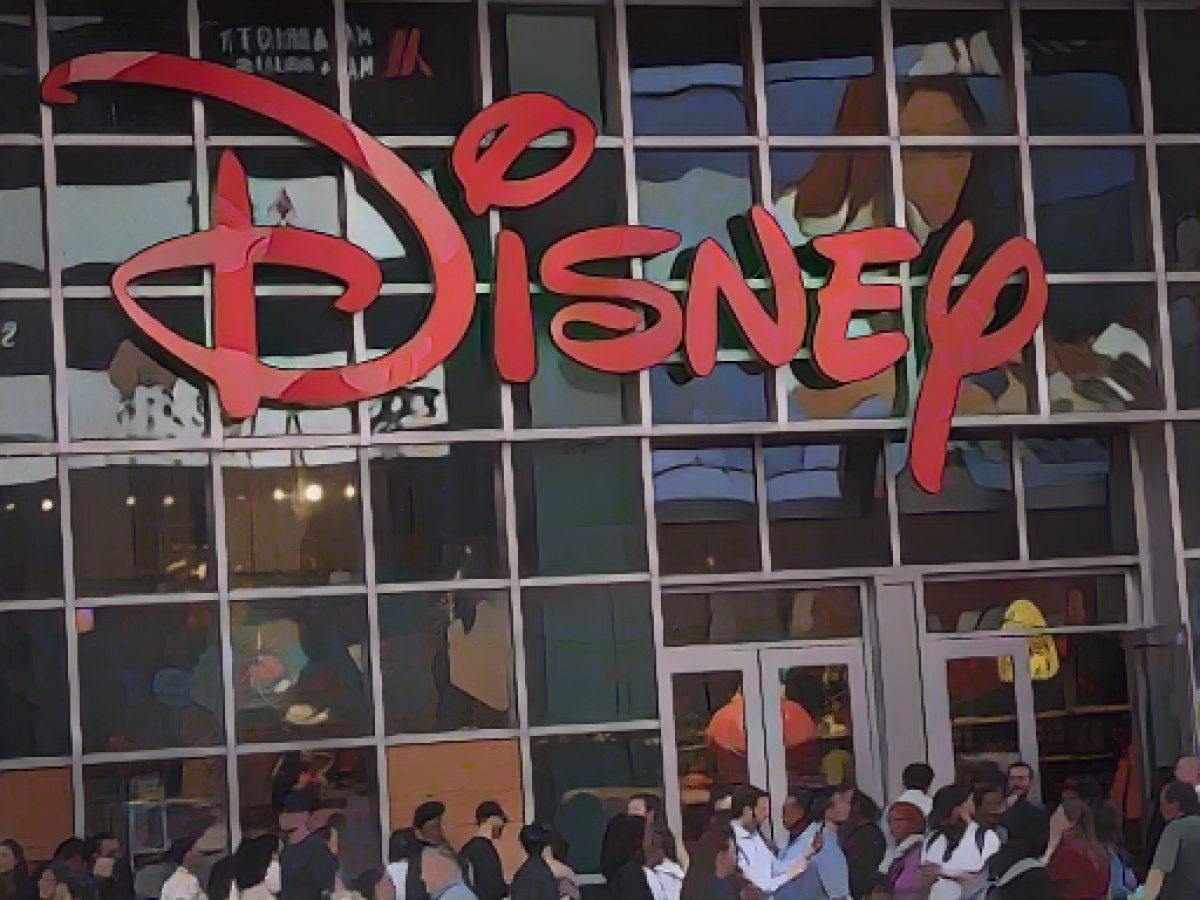Cheaper advertising subscription brings Disney more growth
Cheaper subscription models with advertising are gaining momentum in the video streaming business. At entertainment giant Disney, more than half of new customers opted for this in the last quarter. The trend could accelerate the redistribution of advertising expenditure away from traditional linear television and thus turn the TV landscape upside down.
The Disney Group, which has both a streaming service and a traditional TV business, is driving the change on the one hand - but also has to digest the consequences. This has an impact on which films and series the Hollywood giant will produce in the coming years - and for how much money.
112.6 million customers
Worldwide, the number of Disney+ users with an advertising subscription rose by around 2 million to 5.2 million. The major streaming rival Netflix recently had 15 million advertising subscriptions.
Overall, the number of customers in the core brand Disney+ grew by 7 million to 112.6 million, as Group CEO Bob Iger said when presenting the quarterly figures after the US stock exchange closed. However, Disney still has a streaming business in India and has so far marketed the Hulu platform, whose program is integrated into the app in Germany, separately in the USA.
High losses before
Disney has invested a lot of money in the expansion of its streaming service in recent years and the losses in the business add up to more than ten billion dollars. There was a further improvement in the past quarter: the division was operating in the red at 387 million dollars (361 million euros).
In the same quarter of the previous year, the division had lost 1.47 billion dollars. Disney reaffirmed its goal of stopping streaming losses by the end of the current financial year in September 2024. Among other things, Iger wants to shoot less expensive "Marvel" and "Star Wars" series.
The CEO, who has returned from retirement, is also putting the brakes on costs overall. Iger now wants to reduce annual costs by 7.5 billion dollars. Previously, the savings target was 5.5 billion dollars. Disney has recently been targeted again by the aggressive investor Nelson Peltz, who wants to have more influence on Disney's strategy.
What happens next?
In the financial year just begun, the Group will spend a total of around 25 billion dollars on content production, said acting CFO Kevin Lansberry in a conference call. This would be around two billion dollars less than in the previous financial year - in which spending was already slowed down by the months-long strikes by script writers and actors.
Disney had originally expected to spend more than 30 billion dollars. Following the agreement with the authors, a deal with the actors is now also on the horizon, meaning that TV and film productions are likely to start up again soon.
Disney used to be able to rely on the traditional television business in the USA, with channels such as ABC, to reliably generate money for its streaming expansion. However, many Americans are now canceling their expensive cable contracts and advertising money is migrating away from linear television.
The turnover of Disney's TV division fell by nine percent year-on-year to 2.6 billion dollars and the operating result stagnated at 805 million. The streaming business is much larger at a good five billion dollars.
Disney CEO Bob Iger also made it clear that he sees no pressure to exit the traditional television business. They had also found ways to cut costs there, said Iger on CNBC. The business is performing better than expected. The company is also aware of how valuable the channels and their programs are for Disney's streaming offerings. After Iger said in the summer that he could imagine Disney without linear television, the first purchase offers started to come in.
However, Iger reiterated that he sees four central pillars for the future of Disney: streaming, theme parks, movies and the sports channel ESPN. To date, ESPN has been an important money-maker for Disney in the cable business; Iger wants to launch an ESPN streaming service by 2025.
Disney increased its consolidated revenue by five percent to 21.24 billion dollars in the fourth quarter ended September. Profit rose from 254 to 694 million dollars.
- The shift towards cheaper advertising subscription models on streaming platforms, as seen at Disney, could potentially result in a significant redistribution of advertising expenditure away from traditional linear television.
- Disney's streaming service, Disney+, saw an increase of about 2 million subscribers with an advertising model in the last quarter, making it a notable contender in the advertising-based streaming landscape.
- In the discussion of the quarterly figures, Disney CEO Bob Iger mentioned the impact of subscription-based models on their content production decisions, hinting at a potential switch to producing less expensive "Marvel" and "Star Wars" series.
Source: www.dpa.com








